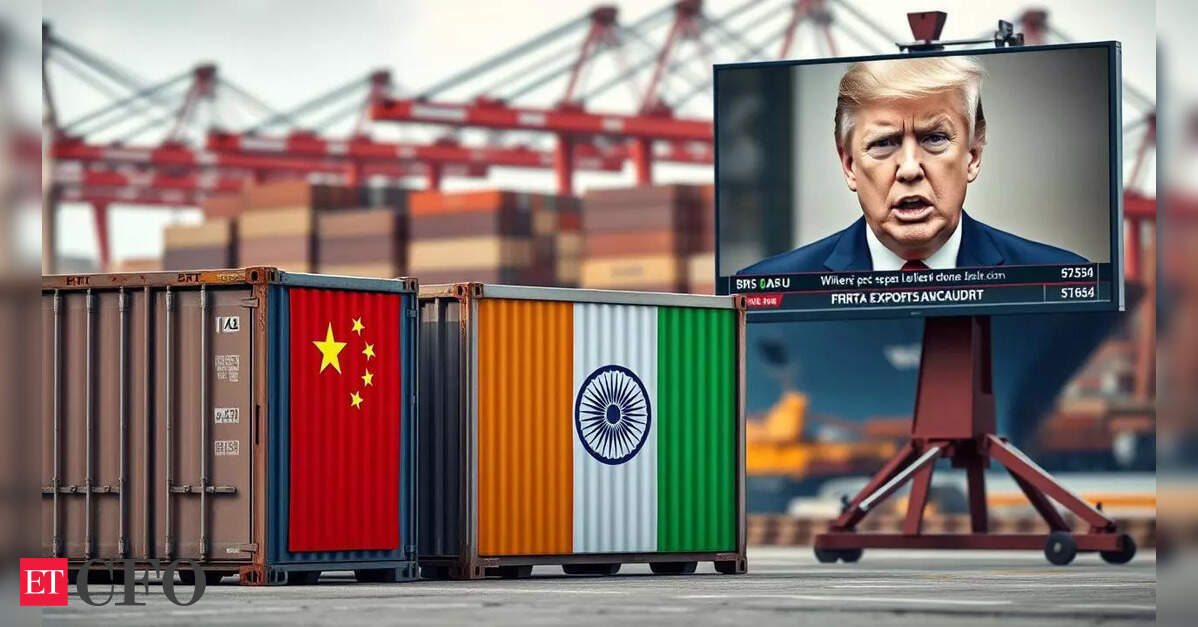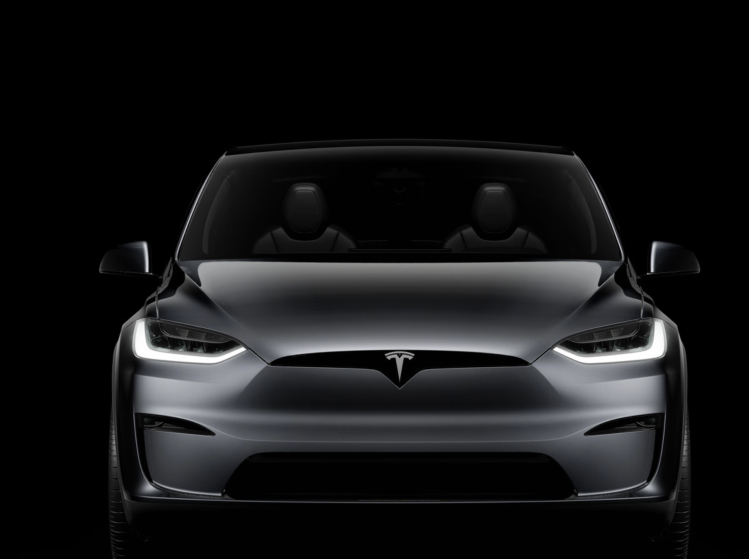The temporary reprieve in US tariffs may have offered markets some breathing room, but it’s India’s strategic position in the new supply chain order that stands out most, as per
HSBCin its Q3 2025 Investment Outlook.
In a world rattled by trade frictions and economic uncertainty, HSBC Global Private Banking has identified India as a “big winner” in the global realignment of manufacturing supply chains. The report stated that while US - China negotiations have yielded a 90-day tariff reprieve, the longer-term recalibration of global production hubs is clearly underway, and India is front and center.
“Most companies will continue their China +1 strategy, but as some ASEAN countries are now subject to big US tariffs, we think India’s manufacturing sector will be the big winner,” said HSBC.
One data point underpinning this shift is media coverage of Apple’s plan to source all US iPhones from India, cited by HSBC as a key example of how corporates are executing their diversification strategies in practice.
Equities and BondsIn response to these structural tailwinds, HSBC has reaffirmed its overweight stance on Indian equities. The report points to India’s robust domestic growth, favourable trade dynamics, and policy momentum as reasons for optimism.
“In India, strong growth, new trade deals, and a diversified economy continue to lift earnings and domestic support for local equities,” the report pointed.
This is also reflected in their fixed income positioning. HSBC is overweight Indian local currency bonds, attributing attractive carry and support from an accommodative monetary policy environment. India is among a list of Asian economies, including China, Indonesia, South Korea, and the Philippines, where HSBC expects rate cuts to support domestic activity amid disinflation trends.
Asia’s ResilienceIndia’s emergence comes as part of HSBC’s broader theme of “Asia’s domestic resilience and structural growth.” The report said that Asia is especially well-positioned to weather global tariff disruptions, thanks to its internally driven economies and stimulus measures aimed at boosting consumption.
“We continue to build exposure to Asia’s durable domestic growth engines and structural trends including China’s AI innovation, Asia’s corporate governance reforms and domestic consumption boom,” the report said.
It added, “India’s rapid digitalisation, together with its ambition in manufacturing, lead us to believe that India will be one of the winners of the supply chain reorientation in the region.”
Beyond the tariff reprieve
While the 90-day pause on tariffs has temporarily eased market fears, HSBC also made a pointing that the underlying shift in global trade strategy, especially from the US, is structural. Even in its core scenario, the report expects US tariffs to remain at a minimum of 10 per cent, with China potentially facing 30 - 50 per cent levels.
“Even though the US and China agreed to postpone the eyewatering reciprocal tariffs… both countries have reduced their dependency on imports from the other and will try to further reduce this,” HSBC observed.
This is accelerating the fragmentation of global supply chains, giving rise to what the report describes as “regional trade intensification”. As companies recalibrate manufacturing decisions around cost, access to labour, and geopolitical alignment, India’s infrastructure investments and trade diplomacy are positioning it as a reliable alternative.
India's emergence, according to HSBC, is not just opportunistic, it’s structural. As supply chains become more diversified and less China-centric, India is gaining favour not just with corporates, but also with global investors.
“We see India as a new winner as it is rapidly building up its manufacturing base and may be one of the first Asian countries to ink a trade deal with the US,” the report said.





Comments (0)